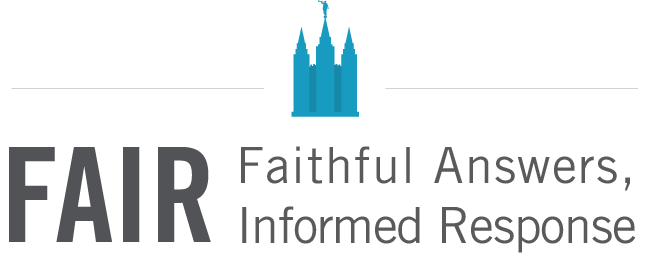Podcast: Download (7.1MB)
Subscribe: RSS
 Michael R. Ash relates how real science, truth coincide with real Mormon scholarship. While science is unable to answer the questions about the purpose for life, the hereafter, or many other thing that must be taken on faith, accurate science is necessary for the telling us about the world in which we live. As Elder John A. Widtsoe said: “Truth is truth forever. Scientific truth cannot be a theological lie.”
Michael R. Ash relates how real science, truth coincide with real Mormon scholarship. While science is unable to answer the questions about the purpose for life, the hereafter, or many other thing that must be taken on faith, accurate science is necessary for the telling us about the world in which we live. As Elder John A. Widtsoe said: “Truth is truth forever. Scientific truth cannot be a theological lie.”
The full text of this article can be found at Deseret News online.
Brother Ash is author of the book Shaken Faith Syndrome: Strengthening One’s Testimony in the Face of Criticism and Doubt, as well as the book, of Faith and Reason: 80 Evidences Supporting the Prophet Joseph Smith. Both books are available for purchase online through the FairMormon Bookstore.
Tell your friends about the Mormon Fair-Cast. Share a link on your Facebook page and help increase the popularity of the Mormon Fair-Cast by subscribing to this podcast in iTunes, and by rating it and writing a review.
